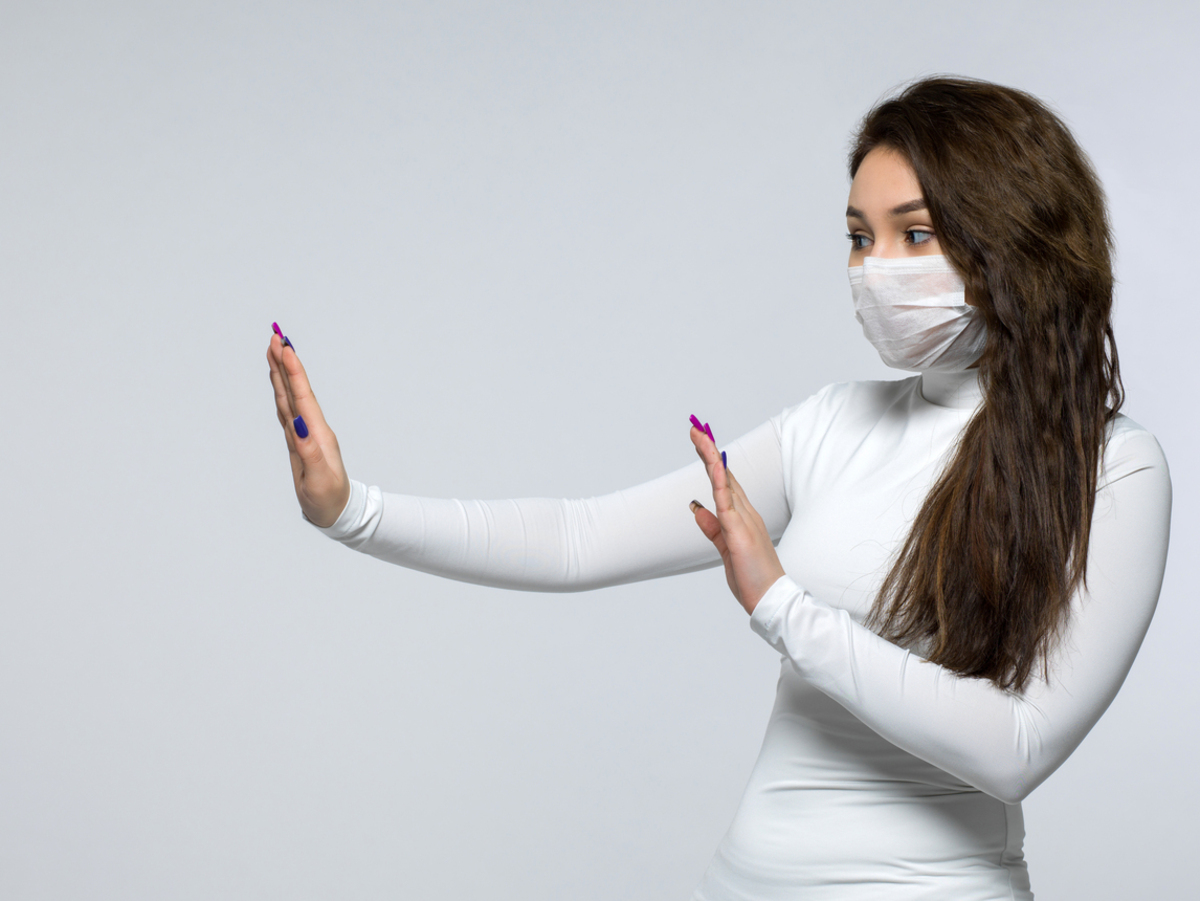It has been almost six months since the first case of COVID-19 was detected in China. Amidst crushing allegations that the country hid the true number of infected people, China informed the WHO about a possible epidemic spreading in one of its largest provinces.
Even readers who were aware of the new outbreak from the beginning are unlikely to have been very concerned at first, unless they were living in China. But that changed quickly. As the number of coronavirus cases began to rise rapidly, and as the virus spilled over to neighboring countries, the World Health Organization declared COVID-19 a pandemic, a disease that spreads across continents.

Why are COVID-19 lockdowns being lifted if the virus is still at large?
As the social and economic pressures grew, countries have been forced to relax the coronavirus lockdowns, in order to balance the economic present and future against public health concerns. People, especially in middle-income countries like India, have been growing increasingly restless because of the loss of livelihood the pandemic induced. Developed countries throughout Europe and North America, too, started feeling the economic pangs of a prolonged lockdown, nudging them towards opening up businesses.
The coronavirus lockdowns are ending, but the battle rages on
As lives slowly limp back towards normalcy, people are returning to their daily work schedules. In the hustle and bustle of life, it is but natural to forget about the looming threat of COVID-19. As the day to day activities resume, fear will take a back seat and people will go about their lives in a normal manner.
The lockdowns, no doubt, have helped in slowing down the spread of the virus, reducing the rate of spread of the virus, but the threat is far from over. We have not found a vaccine for the virus and may not develop one for quite some time yet. We have been forced to learn to live with the coronavirus — and this is where social distancing comes in.
COVID-19: The enemy remains invisible, but hasn't gone away
COVID-19 is one of the most infective viruses we have seen in recent times. It is sheer luck that it is not more dangerous than it has already proven to be, otherwise the world would have truly come crashing down. As we know from our experiences of the last few months, COVID-19 can be described as an invisible enemy, which can strike at any time, in any place. Taking things easy is not what you want to do right now.
Social distancing is here to stay
As we start getting back to our routine lives, it is even more important to remind ourselves about why we went into lockdown in the first place. All the knowledge which we have acquired about social distancing, through repeated advisories by the international organizations and governments, should now be put to good use.
Why you need to keep on social distancing
All research has shown that COVID-19 most commonly spreads from one human to another via "droplet transmission".
Droplet transmission occurs when a person comes in close contact, such as within one meter, of an infected person, having symptoms like coughing or sneezing. When an infected person coughs or sneezes, fine droplets of infected particles get suspended in the surrounding air, exposing the mouth, nose, or eyes of a nearby person to a potential infection.
Thus, maintaining a distance of a minimum of one meter from other people will greatly help in reducing the spread of the coronavirus.
No matter whether they are your colleagues, friends, or strangers on public transport, it is important to maintain physical distance from just about everyone, for your safety and theirs.
Try to avoid unnecessary commutes, and work from home as much as possible. Avoid going to restaurants or pubs, and instead, you can opt for takeaway or home deliveries.
Social distancing measures to follow after the lockdown ends
The Centre for Disease Control (CDC) has provided various guidelines in order to limit the spread of the virus as we resume our normal lives.
Keep your face and nose covered whenever you go out, with a cloth or a mask, to reduce the risk of any infected droplets coming in contact with your nose and mouth.
Avoid touching any surfaces in public places, especially door handles, table-tops, counters, and anything else you'd previously have touched without even realizing it. To avoid any accidental touches to a potentially infected surface, use your elbows to open doors, instead of grabbing the handle. Use disposable gloves if required.
Avoid touching your nose and mouth, especially while removing your face covers, and avoid rubbing your eyes.
Ditch the traditional handshake, and instead, go with a fist bump, or even better, a Namaste, in order to avoid physical contact.
A final word
As time has passed by, one thing that governments and people around the world have realized is that we cannot remain locked down indefinitely. We have to learn to live with the virus until scientists come up with some sort of treatment to cure the disease or a vaccine to prevent infection.
The only way in which we can limit the spread while going about our lives is to not let our guards down. It takes only one second of laxity to invite a potential infection. As the cliche goes, "it is always better to err on the side of caution".


Your thoughts on this